Selecting the appropriate technology stack can either make or destroy your web development project. With so many choices, it’s simple to get confused. Full-Stack, MEAN, and MERN stacks are among the most used tech stacks in the tech world. Each has its strengths and benefits, depending on your project requirements. So, how do these stacks differ, and which one should you use?
In this blog, we are going to explain the essential differences between Full-Stack, MEAN, and MERN Stack. Whether it’s a dynamic website or an intricate web app, knowledge about the principal building blocks of every stack matters most. We will cover all the basics, explaining their functions, and giving you the full idea to determine the most proper stack for your new project!
What Do You Mean By Stack?
A technology stack is a group of compatible technology and programming language components that are assembled to build web and mobile applications. It includes everything from programming languages and frameworks to libraries, tools, and UI/UX solutions.
Two primary forms of development stacks are technology stacks and application stacks. These stacks give the infrastructure needed to develop and execute an application, enabling developers to create solid, scalable solutions.
While choosing between Full Stack vs MEAN Stack vs MERN Stack, keep in mind the particular needs of your project. Reflect on your project objectives, level of needed agility, your approach to addressing your audience, and the cost of development in general.
Now, let’s get into Full Stack vs. MEAN Stack vs. MERN Stack showdown and find out which one would be best for your next web development project!
What is Full Stack?
Full Stack provides a full suite of front-end and back-end tech development. It consists of the user interface, user experience design, servers, database, and business logic. A Full-stack developer is capable of addressing all development layers and also knows both the functionality and the design.
Full-stack development utilizes technologies like HTML, CSS, and JavaScript on the front end. Node.js, Python, or Ruby on the back end. MySQL, MongoDB, or PostgreSQL is utilized as well. Full-stack development makes it easier by allowing one developer to handle both sides, hence making it more efficient.
Benefits of Full Stack Development
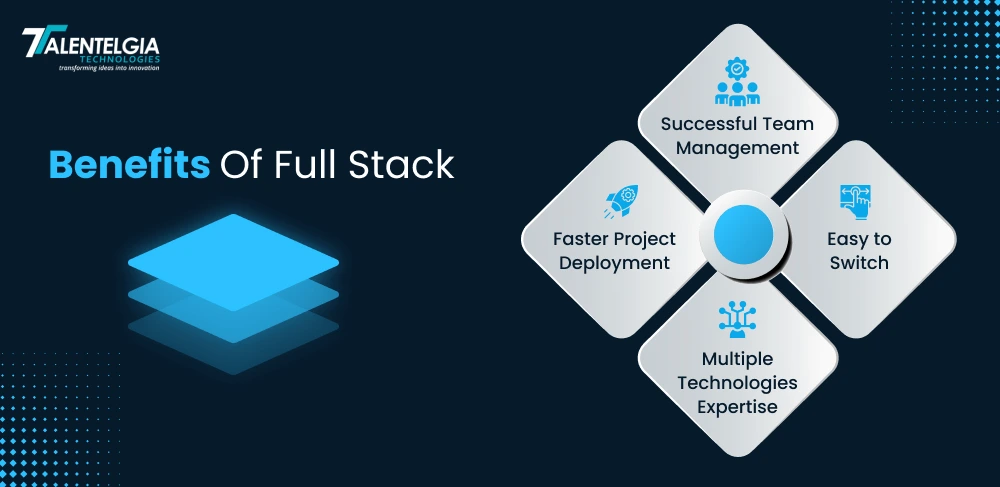
Full Stack development provides an exhaustive way of designing web applications covering both front and back-end areas. It provides the ability for teams to eliminate unnecessary processes, improve efficiency, and handle heavy projects with minimum resources. A few of the major advantages of implementing Full Stack development are given below:
1. Effective Team Management
Full-stack development needs fewer developers, making team management simpler. Since there is a smaller team, communication is easier, with ideas flowing freely and more transparency during the development process.
2. Flexibility in Technology
Full-stack programmers are masters of both front-end and back-end technologies. Such versatility allows a switch from one technology to another. It’s especially useful for large projects where quick changes or A/B testing can be employed to optimize performance.
3. Wide Expertise
Full-stack developers possess broad knowledge across all levels of development, from the user interface to server logic and database management. The broad knowledge qualifies them as multi-skilled individuals who can handle both ends of the project, enhancing overall efficiency.
4. Quicker Deployment
With fewer developers required and being able to work on multiple layers of the project, full-stack development minimizes bottlenecks and accelerates the deployment process. The quicker role and responsibility switching enables finishing the project within a shorter period.
Limitations of Full Stack Development
Although Full-stack development offers a myriad of advantages, it is not without its downsides. Balancing task loads on both front-end and back-end parts may, at times, result in constraints. Here are some of the drawbacks commonly linked with Full Stack development:
1. Overwhelming for Developers
Full-stack developers are essentially expected to have a comprehensive knowledge base that spans across a wide range of technologies, from presentation on the front end to functionality on the back end. It becomes challenging to learn so many unrelated tools and languages. As a result, as a result, developers might not necessarily gain deep expertise in specific areas but may end up acquiring a generalized knowledge base.
2. Limited Specialization
Full-stack developers are required to work on several layers of a project, ranging from user interfaces to databases. Although this is advantageous, it also implies that they may not be able to achieve the same degree of specialization as developers working in one area alone (for instance, front-end or back-end). This is a disadvantage when working with highly technical or specialized technology.
3. Project Complexity
In the case of big and complicated projects, the job of developing front-end and back-end components may become overwhelming for an individual developer or even a team of developers numbering a few. Full-stack developers might struggle to develop things that involve multiple layers. This could result in slower development, inconsistency, or more space for errors.
4. Resource Limitations
In small teams, the full-stack developers can be thinly spread, as they have to do a range of tasks. This can result in a scarcity of focused resources for particular aspects of the project and can cause development to slow or lead to less-than-ideal solutions in some areas.
5. Maintenance Issues
With full-stack developers handling more than one aspect of an application, maintaining and debugging the system in the long run can be challenging. As they’re dealing with the whole stack, long-term solutions, upgrades, or performance enhancements can take longer to be addressed, especially if the application grows in complexity.
What is MEAN Stack?
MEAN stack is a common web development technology stack. “MEAN” refers to MongoDB, Express.js, AngularJS, and Node.js. All these four pieces of software complement each other to deliver an integrated solution for creating contemporary web applications. The biggest strength of the MEAN stack is that both the client-side and server-side development are done using JavaScript. Thus, developers can easily work across the entire application, making the MEAN Stack development process easier.
Using JavaScript down the stack allows developers to work with a single language, making communication and collaboration easier. Coupling MongoDB, the document-based database, also means that the data will be stored optimally for improved performance. MEAN’s homogenized solution has a more cohesive development, with less chance of cross-component compatibility being an issue.
Benefits Of MEAN Stack
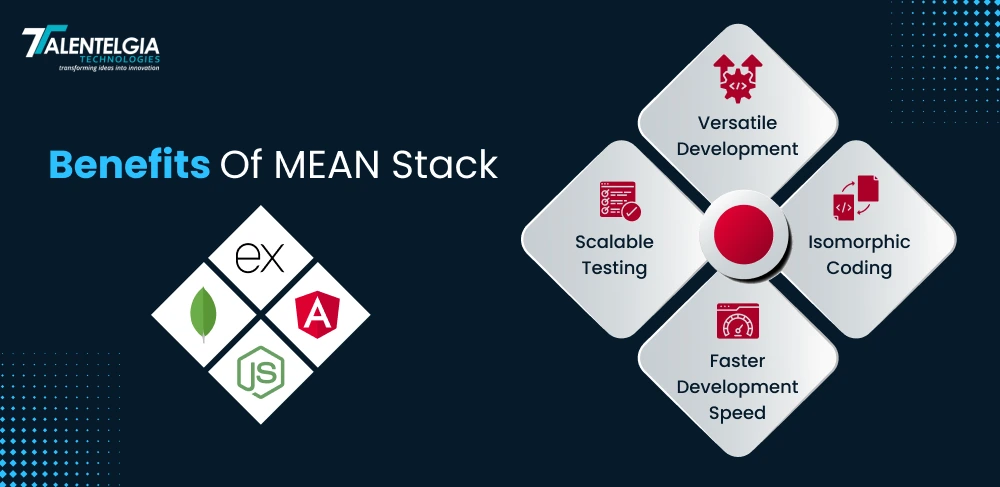
The MEAN stack has several benefits that make it widely adopted in modern web development. Through the use of robust technologies that integrate well, MEAN allows developers to create efficient, scalable, and high-performance applications. The following are the major advantages of the MEAN stack:
1. Full-Stack JavaScript
One of the main benefits of the MEAN stack is that it employs JavaScript for both front-end and back-end development. This enhances the MERN Stack development process to be more efficient and contemporary. In contrast to the conventional LAMP stack, where developers alternate between various languages, MEAN facilitates smooth coding in JavaScript throughout the application. This makes development easier and speeds up progress. Because JavaScript is so popular, it is easy to find experienced developers for MEAN stack projects.
2. Open Source
The MEAN stack offers all components as open-source, i.e., free of charge without the cost of a license. The developers can therefore customize and tailor each component to their needs. Open-source software encourages a shared ecosystem, allowing it to be simpler for you to get support from the community and contribute enhancements to the stack.
3. Scalability
MEAN stack excels in scalability and is ideal for big applications. MongoDB, a NoSQL database, can handle lots of data with ease. Node.js is designed for scalable, high-performance server-side applications. MEAN is therefore ideal for projects that need to grow and handle increasing user demands well.
4. High Performance
MEAN stack offers high performance because of Node.js’s asynchronous, non-blocking I/O model. It can handle many concurrent connections without degrading the performance. AngularJS improves performance by reducing single-page applications so they load faster. Together, these technologies make your web applications load faster and react more quickly.
Disadvantages of MEAN Stack
Even though the MEAN stack has a wide canvas of benefits, it does have some drawbacks to consider. These downsides will affect development, scalability, and performance in general. Some of the most impactful downsides of implementing the MEAN stack include:
1. Security Vulnerabilities
Like any framework, the security of data is an issue with the MEAN stack. MongoDB, specifically, has experienced some security vulnerabilities in the past. Best practices for security need to be employed to ensure risk mitigation.
2. Limited Offline Support
MongoDB and Express are both server-side technologies and have a dependency on a reliable internet connection to run optimally. Offline support may be limited in certain scenarios.
3. Compatibility Issues
The MEAN stack is made of open-source technologies from various organizations. There is no certainty that these pieces will always remain compatible with one another as they advance.
4. Learning Curve
Each of the technologies in the MEAN stack has its own set of skills needed, and it may take time to master them. Putting them all together in an integrated system adds yet another level of complexity.
5. Performance Bottlenecks
Although the MEAN stack is famous for performance, misconfiguration or scaling issues may cause bottlenecks. It requires fine-tuning to steer clear of performance issues as the application scales.
What is MERN Stack?
The MERN stack is a pre-configured technology stack entirely on JavaScript. It is abbreviated as MongoDB, Express, React, and Node.js. The four technologies collectively help produce robust web applications.
- MongoDB is a NoSQL document database where data gets stored in JSON-like format.
- Express.js is a server-side web framework developed for Node.js, which assists in routing and streamlining server-side logic.
- React.js is a JavaScript front-end library for developing dynamic user interfaces, particularly for single-page applications.
- Node.js is an expressive JavaScript runtime employed to execute server-side scripting.
MERN stack makes full-stack JavaScript development possible where the client-side and server-side can communicate directly through JSON. It is great for developing up-to-date, scalable web apps using one language: JavaScript.
Benefits of MERN Stack
The MERN stack provides many advantages that make it a strong option for creating today’s modern, scalable web applications. Some of the most important advantages that make MERN a great option for developers are as follows.
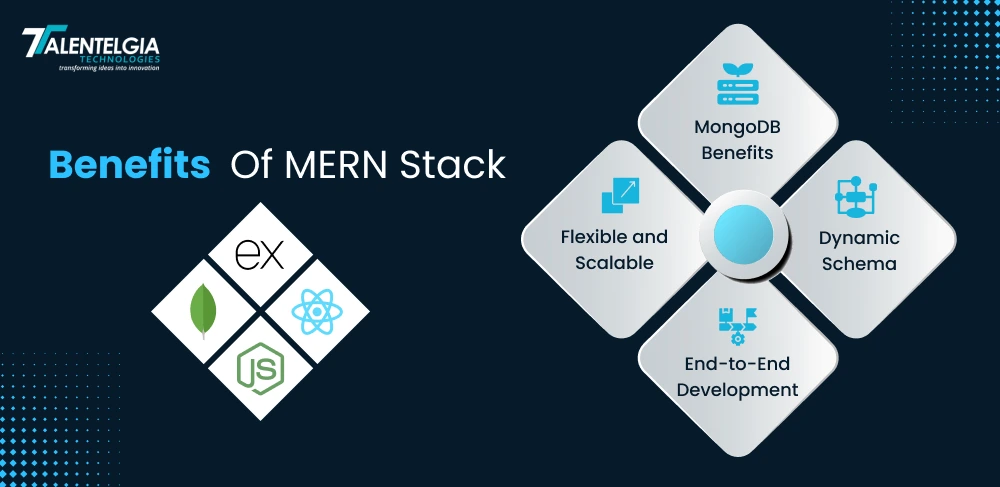
1. MVC Structure
MERN stack follows the Model-View-Controller (MVC) structure, making it simpler for developers to develop scalable web applications. It makes the application more reliable and easier to separate concerns, hence leading to more maintainable code.
2. Full-Stack Solution
MERN streamlines development through the offer of a full full-stack solution. Developers can apply it to construct front-end and back-end applications, minimizing complexity. The stack can be managed more easily, spending more time-solving problems and adding features.
3. Microservices Architecture
The MERN stack is conducive to a microservices architecture, where every service does one thing. This makes the stack perfect for any application size and complexity. It enhances efficiency by having services independent and in check.
4. Easy Learning
The MERN stack is largely JavaScript-based, making it straightforward for developers with a background in JavaScript to adapt and utilize. The amalgamation of a programming language, runtime environment, and framework, makes development simpler.
Explore more MERN stack Advantages
Limitations of MERN Stack
Although the MERN stack has several benefits, it also has a list of limitations that developers need to take into account. Knowing these challenges can assist in determining whether the MERN stack is suitable for a particular project. Some of the most important limitations of the MERN stack are listed below:
1. Learning Curve
MERN stack requires learning several distinct technologies, all JavaScript-based. This can be daunting for new learners. React for the front end, Node.js, Express.js for the back end, and MongoDB as a NoSQL database, each has its own practices. For a beginner, learning all these pieces at once can be a steep and long learning curve.
2. Full-Stack Development Skills
MERN is a full-stack framework, so developers must have skills in front-end and back-end technologies. React is employed for the user interface, and Node.js and Express are used for server-side logic. It is challenging to find a developer who is skilled in both front-end and back-end development, and it might restrict the talent pool for your project.
3. JavaScript Everywhere
Although using JavaScript through the stack is a benefit for consistency, some developers may prefer to employ a different language for the front-end and back-end to take advantage of each language’s distinct features. The limitation of having to remain consistent with JavaScript throughout the stack can be confining to developers who are used to working with more than one language.
4. Scalability Challenges
MongoDB is a NoSQL database, and it is best suited for flexibility and supporting huge amounts of unstructured data. But if they have complicated relationships between data, MongoDB would not scale as well as relational databases such as MySQL. Database schemas must be thoughtfully designed by developers so that data scales well and efficiently.
Conclusion
Selecting the appropriate stack for your project is what gives it success. Every stack, whether Full-Stack vs MEAN vs MERN, has pros and cons. It must be selected depending on project complexity, team experience, and long-term objectives. Ensure that scalability, security, and learning curve are considered while making a well-informed decision. The correct stack can make development simple and allow for quicker more efficient delivery.


 Healthcare App Development Services
Healthcare App Development Services
 Real Estate Web Development Services
Real Estate Web Development Services
 E-Commerce App Development Services
E-Commerce App Development Services E-Commerce Web Development Services
E-Commerce Web Development Services Blockchain E-commerce Development Company
Blockchain E-commerce Development Company
 Fintech App Development Services
Fintech App Development Services Fintech Web Development
Fintech Web Development Blockchain Fintech Development Company
Blockchain Fintech Development Company
 E-Learning App Development Services
E-Learning App Development Services
 Restaurant App Development Company
Restaurant App Development Company
 Mobile Game Development Company
Mobile Game Development Company
 Travel App Development Company
Travel App Development Company
 Automotive Web Design
Automotive Web Design
 AI Traffic Management System
AI Traffic Management System
 AI Inventory Management Software
AI Inventory Management Software
 AI Software Development
AI Software Development  AI Development Company
AI Development Company  AI App Development Services
AI App Development Services  ChatGPT integration services
ChatGPT integration services  AI Integration Services
AI Integration Services  Generative AI Development Services
Generative AI Development Services  Natural Language Processing Company
Natural Language Processing Company Machine Learning Development
Machine Learning Development  Machine learning consulting services
Machine learning consulting services  Blockchain Development
Blockchain Development  Blockchain Software Development
Blockchain Software Development  Smart Contract Development Company
Smart Contract Development Company  NFT Marketplace Development Services
NFT Marketplace Development Services  Asset Tokenization Company
Asset Tokenization Company DeFi Wallet Development Company
DeFi Wallet Development Company Mobile App Development
Mobile App Development  IOS App Development
IOS App Development  Android App Development
Android App Development  Cross-Platform App Development
Cross-Platform App Development  Augmented Reality (AR) App Development
Augmented Reality (AR) App Development  Virtual Reality (VR) App Development
Virtual Reality (VR) App Development  Web App Development
Web App Development  SaaS App Development
SaaS App Development Flutter
Flutter  React Native
React Native  Swift (IOS)
Swift (IOS)  Kotlin (Android)
Kotlin (Android)  Mean Stack Development
Mean Stack Development  AngularJS Development
AngularJS Development  MongoDB Development
MongoDB Development  Nodejs Development
Nodejs Development  Database Development
Database Development Ruby on Rails Development
Ruby on Rails Development Expressjs Development
Expressjs Development  Full Stack Development
Full Stack Development  Web Development Services
Web Development Services  Laravel Development
Laravel Development  LAMP Development
LAMP Development  Custom PHP Development
Custom PHP Development  .Net Development
.Net Development  User Experience Design Services
User Experience Design Services  User Interface Design Services
User Interface Design Services  Automated Testing
Automated Testing  Manual Testing
Manual Testing  Digital Marketing Services
Digital Marketing Services 
 Ride-Sharing And Taxi Services
Ride-Sharing And Taxi Services Food Delivery Services
Food Delivery Services Grocery Delivery Services
Grocery Delivery Services Transportation And Logistics
Transportation And Logistics Car Wash App
Car Wash App Home Services App
Home Services App ERP Development Services
ERP Development Services CMS Development Services
CMS Development Services LMS Development
LMS Development CRM Development
CRM Development DevOps Development Services
DevOps Development Services AI Business Solutions
AI Business Solutions AI Cloud Solutions
AI Cloud Solutions AI Chatbot Development
AI Chatbot Development API Development
API Development Blockchain Product Development
Blockchain Product Development Cryptocurrency Wallet Development
Cryptocurrency Wallet Development About Talentelgia
About Talentelgia  Our Team
Our Team  Our Culture
Our Culture 
 Healthcare App Development Services
Healthcare App Development Services Real Estate Web Development Services
Real Estate Web Development Services E-Commerce App Development Services
E-Commerce App Development Services E-Commerce Web Development Services
E-Commerce Web Development Services Blockchain E-commerce
Development Company
Blockchain E-commerce
Development Company Fintech App Development Services
Fintech App Development Services Finance Web Development
Finance Web Development Blockchain Fintech
Development Company
Blockchain Fintech
Development Company E-Learning App Development Services
E-Learning App Development Services Restaurant App Development Company
Restaurant App Development Company Mobile Game Development Company
Mobile Game Development Company Travel App Development Company
Travel App Development Company Automotive Web Design
Automotive Web Design AI Traffic Management System
AI Traffic Management System AI Inventory Management Software
AI Inventory Management Software AI Software Development
AI Software Development AI Development Company
AI Development Company ChatGPT integration services
ChatGPT integration services AI Integration Services
AI Integration Services Machine Learning Development
Machine Learning Development Machine learning consulting services
Machine learning consulting services Blockchain Development
Blockchain Development Blockchain Software Development
Blockchain Software Development Smart contract development company
Smart contract development company NFT marketplace development services
NFT marketplace development services IOS App Development
IOS App Development Android App Development
Android App Development Cross-Platform App Development
Cross-Platform App Development Augmented Reality (AR) App
Development
Augmented Reality (AR) App
Development Virtual Reality (VR) App Development
Virtual Reality (VR) App Development Web App Development
Web App Development Flutter
Flutter React
Native
React
Native Swift
(IOS)
Swift
(IOS) Kotlin (Android)
Kotlin (Android) MEAN Stack Development
MEAN Stack Development AngularJS Development
AngularJS Development MongoDB Development
MongoDB Development Nodejs Development
Nodejs Development Database development services
Database development services Ruby on Rails Development services
Ruby on Rails Development services Expressjs Development
Expressjs Development Full Stack Development
Full Stack Development Web Development Services
Web Development Services Laravel Development
Laravel Development LAMP
Development
LAMP
Development Custom PHP Development
Custom PHP Development User Experience Design Services
User Experience Design Services User Interface Design Services
User Interface Design Services Automated Testing
Automated Testing Manual
Testing
Manual
Testing About Talentelgia
About Talentelgia Our Team
Our Team Our Culture
Our Culture
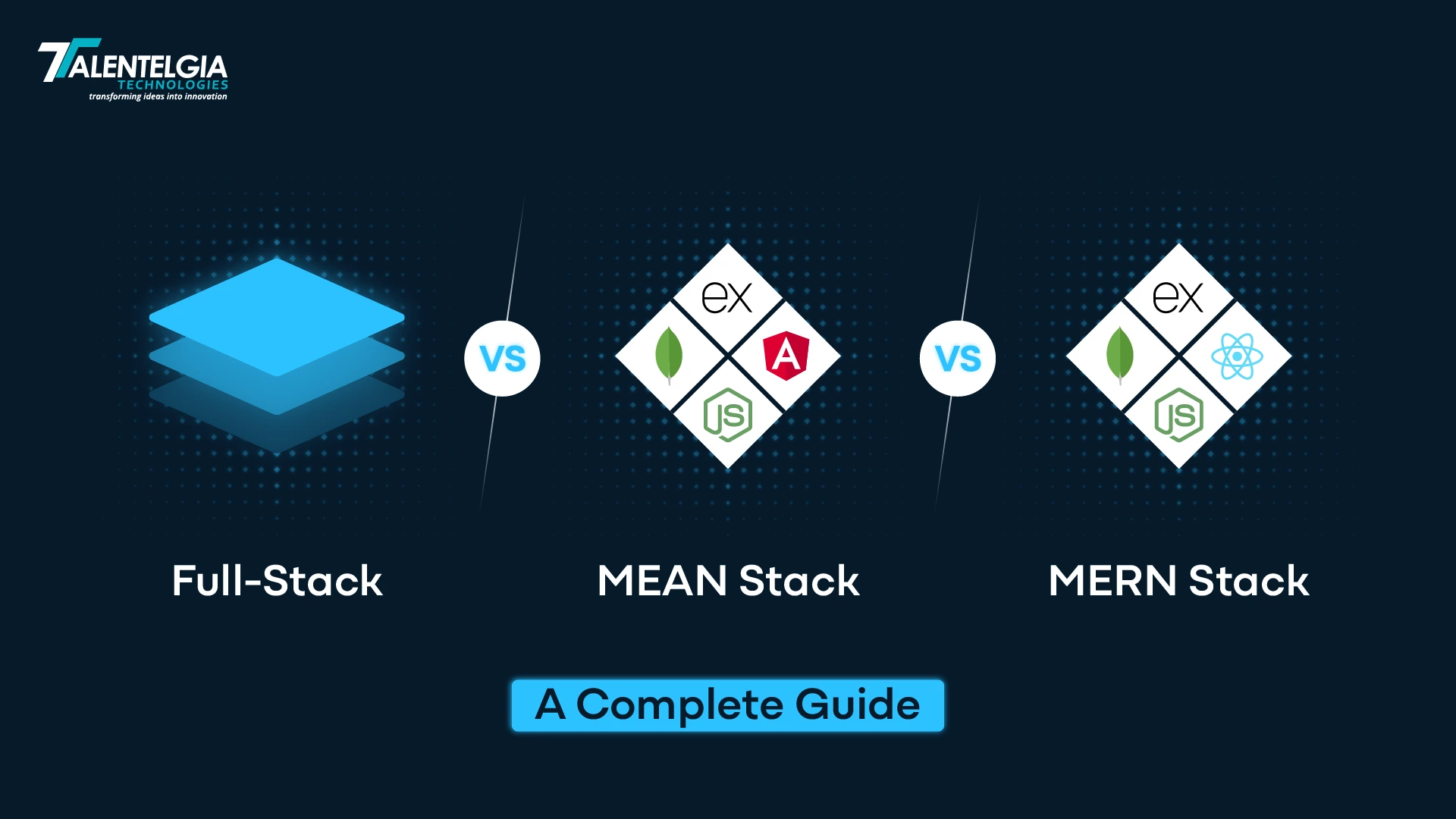

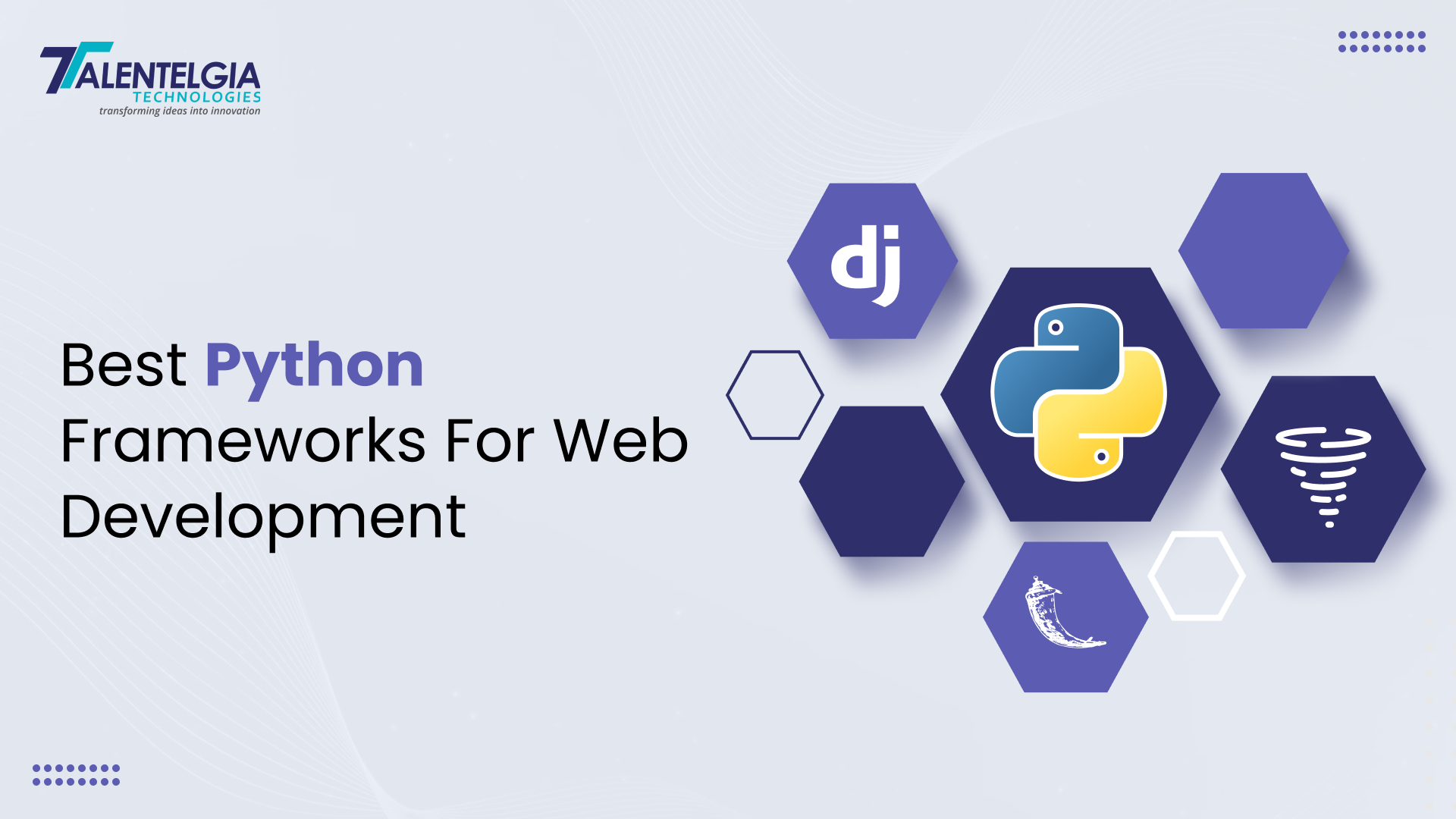

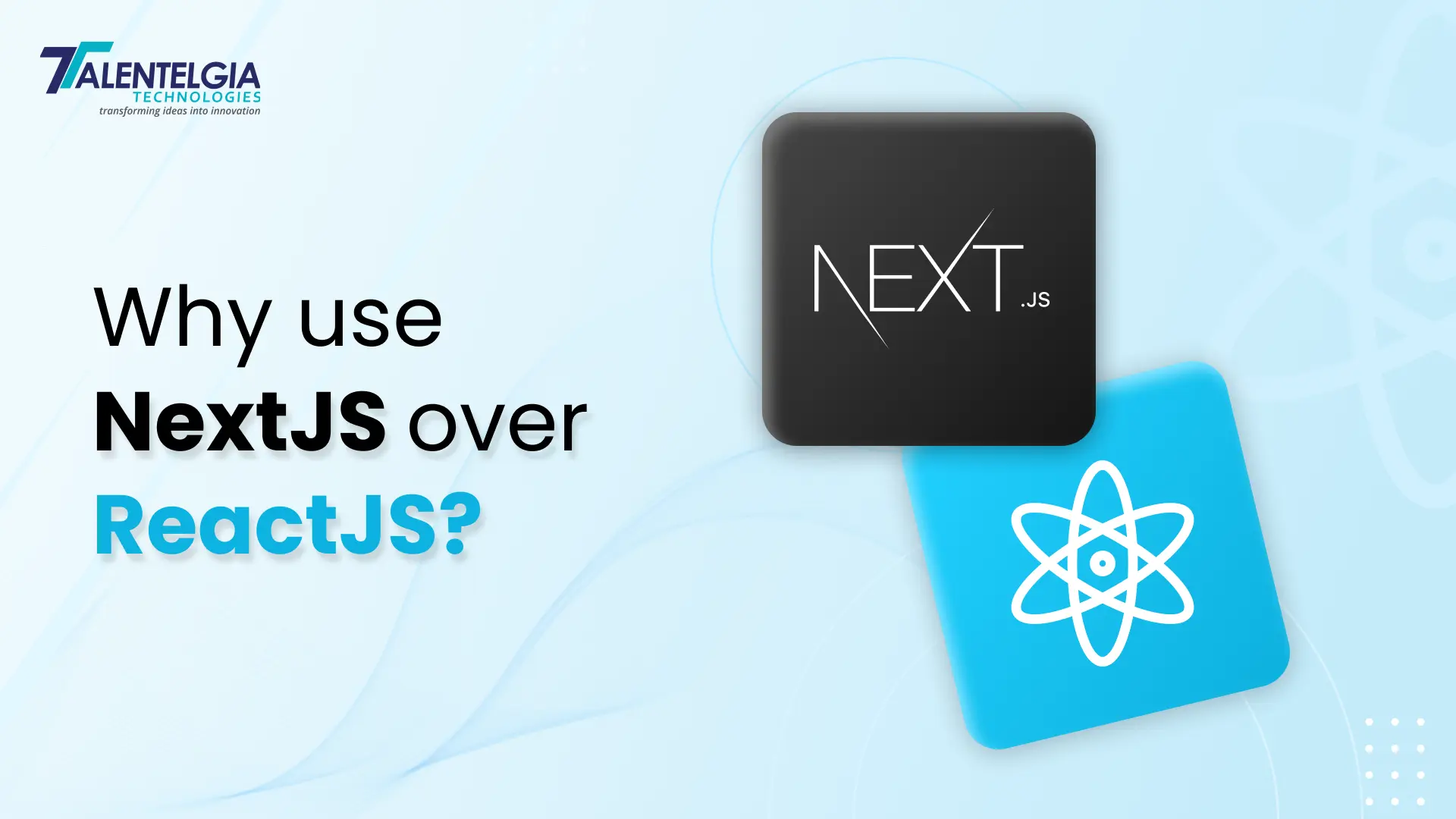











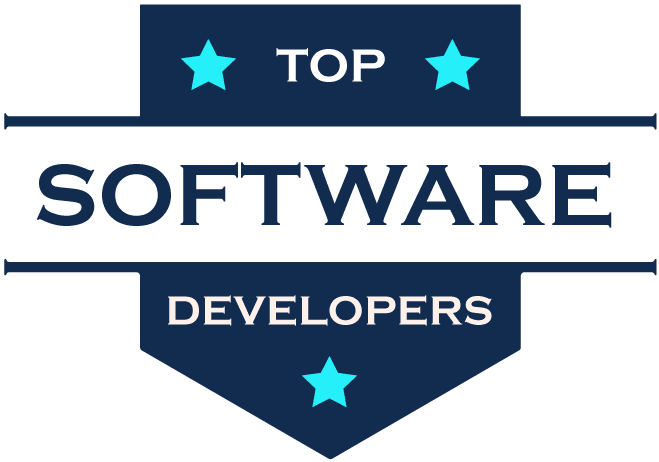
 Write us on:
Write us on:  Business queries:
Business queries:  HR:
HR: 




